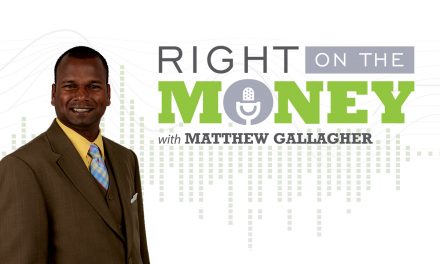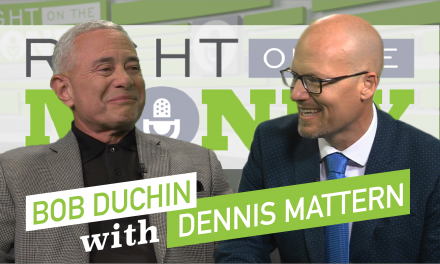Longer lifetimes drive demands on assets and insurance industry innovation.
Life’s increasing longevity complicates many aspects of retirement planning, from income to taxes to healthcare. New insurance products can provide many facets of protection – and in a pivot from tradition – guarantee that premiums paid will ultimately benefit the buyer or a designated beneficiary.
The uncertainty of longevity complicates retirement planning and begs the inevitable questions: How much money is enough, and what are the best ways to make it last a lifetime, if not longer? While there are no guarantees, combining a problem-solving mindset with a knowledge of variables and opportunities can lead to an appropriate solution.
Running parallel to longevity is a three-phase financial journey that resembles the ascent and descent of a mountain:
1. Accumulation of assets occurs in one’s earnings years, when a return on investment is sought.
2. Distribution occurs in the retirement years, when a return of investment is prioritized.
3. Legacy is a vision of what may be left for beneficiaries.
Longevity is the #1 risk to retirement, and a variable impacting income, investment and medical care decisions. The costs of late-stage life can be cushioned by Social Security and prudent planning that includes asset protection through insurance.
Many individuals envisioning retirement lack education about their Social Security benefits. They frequently don’t realize that maximization occurs by waiting the longest to initiate the monthly payment, and can overestimate Social Security’s proportion of overall income. Social Security reduces the demand on other assets during the distribution phase, and this bodes well for alternate needs, including long-term care protection.
Traditional long-term care insurance policies are going the way of pensions, that is, they’re all but disappearing. After years of financial losses resulting from increased longevity and payouts, few providers of these narrow-focused policies remain. Consumers have been impacted, or even strongly discouraged, by the prohibitive cost of premiums and the stiff challenge of getting underwritten.
Accordingly, insurance companies are bringing innovative products to market to answer the concerns of longevity and to add some practicality. Consumers who were previously frustrated by high premiums and the possibility of no payout due to good health, can now buy a life insurance product, including an annuity, that includes a long-term care rider at a nominal incremental cost. With the increasing onset of elder care, these dual-purpose products provide dependability and flexibility.
A rare certainty in life is the uncertainty of its duration. If we knew our longevity, the complexities of financial and retirement planning would be simplified, if not eliminated. Without any clear cut predictors in sight, consumers experiencing or considering retirement may be best served by expanding their own knowledge through education, and staying abreast of new products that are inspired by longevity to meet life’s changes.
Syndicated financial columnist Steve Savant interviews top retirement specialists in their field of expertise. In this segment we’re talking to Masters in Engineering and MBA Marty Gross. Right in the Money is a financial talk show distributed in daily video press releases to over 280 media outlets and social media networks.





